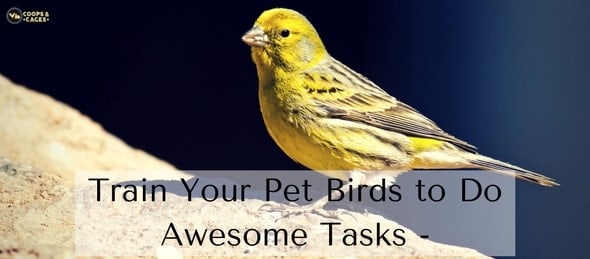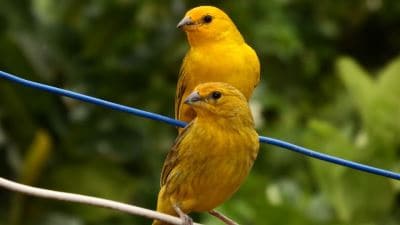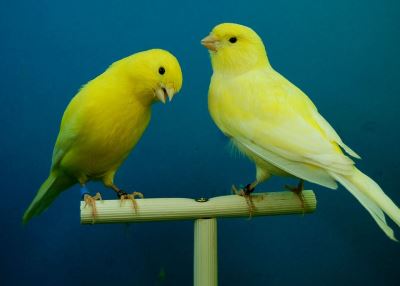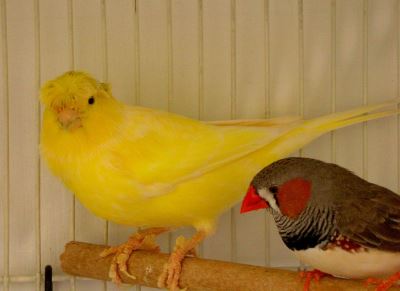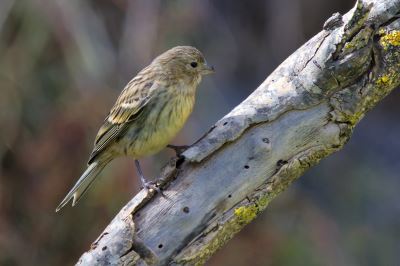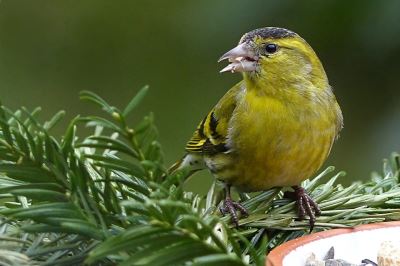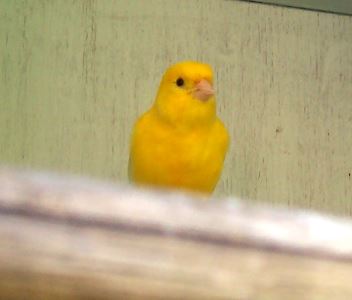Birds
Train Your Pet Birds to Do Awesome Tasks
Perhaps you are thinking that I am insane or what. Truth be told, pet birds can be trained, only that it takes time.
When we say training birds, we often think of parrots and mynas as they are among the most intelligent bird species. Finches and canaries, on the other hand, are usually thought of as pets because of their cheerful songs and vibrant colours.
Well, to some extent, these perceptions could be true, but not entirely. If trained well, all bird species could be trusting and tame.
The Best Candidates
Many bird trainers agree that canaries are the best candidates. Due to their calm nature, they could be great assets to any neophyte bird-trainer.
I can remember one friend of mine who showed me videos of his finches. While some of them slept and hid in his shirt’s pocket, others responded to different commands. Amazed by that sight, I was very inquisitive about everything. His only reply was that trained canaries are very common in his father’s place in Taiwan. Anyway, that was fascinating!
History and Nature: How They Affect Training
If you wish to train your canaries, it is essential that you consider its natural characteristics and history. For instance, because these birds are relatively small, they are often the favourite preys of frogs and spiders in the wild. Hence, they are always very alert and skittish.
That said, one must always keep in mind that sudden noises and movements may cause the birds to take flight. So as much as possible, move slowly and avoid making any unnecessary noises when training. It is a great idea to stay at their eye level as they easily get stressed when there are lots of movements above them.
At first, do not make eye contact because they will associate it with danger. Whenever you enter the room where the bird cage is, spend as much time as you can sitting quietly and observing their every move.
As time passes, watch your birds and look for clues. Once they feel comfortable with you that they allow you to feed them and bath them, it is time that you proceed with the next steps.
Free Flight Training
When finches are in the bird cage, it is somewhat impossible to tame them. Every time you put your hand within their territory, they will feel alarmed and threatened. But that does not mean you can’t do anything about it.
The simplest thing you can do is to give them the freedom they deserve. Allow them to take flight in the room, but do make sure it is bird-proof with all the mirrors and windows properly be covered.
Take note that you must only do this as soon as they have learned to accept their bird cages as their own home. Though it’ll take time for that to happen, 4 to 6 weeks would make a great starting point.
If it is your first time releasing them in the room, it is best that you introduce an 18-inch perch near the cage door and leave the door open. That way, your pets can get a feel of the environment and go out when they are ready.
More often than not, finches will just hop onto the perch for the first couple of weeks. For them to leave their cage completely, expect it will take a very long period of time.
If they prefer to stay in the cage, never ever try to chase them out. That would only create a traumatizing experience to them. As a result, you will have lesser chances of gaining their trust.
Return to the Cage
Okay, this command will require you to have more patience. According to studies, finches and canaries are easier to train if they are not in their cages. So if they truly became tame, they should go back on their own, not needing to be chased.
To begin with, you can always use treats to lure them in. Using small insects may often do the trick, as they will quickly respond to it when offered. If unavailable, you can also use fruits like frozen coconut, papaya, blueberries, and dried mango. (For more bird treat ideas, grab a copy of the eBook below.)
Here’s one trick you can also use. If you feel the need to net the bird, do it in the right way. Darken the room and be careful and quick as possible.
Letting Them Come Over to You
Using the treats mentioned above, you can also call your pet birds to fly over to your hand or head. If food is shown, they’ll quickly come over. Just continue offering treats every time they respond to your call. In the long run, hide the treats until they perch upon your hand or head.
Although canaries are the bird species that quickly respond to these commands, there are still plenty other responsive birds you can train. Fire finches and zebra finches are just among them.
Image Sources: [1] [2] [3] [4]



